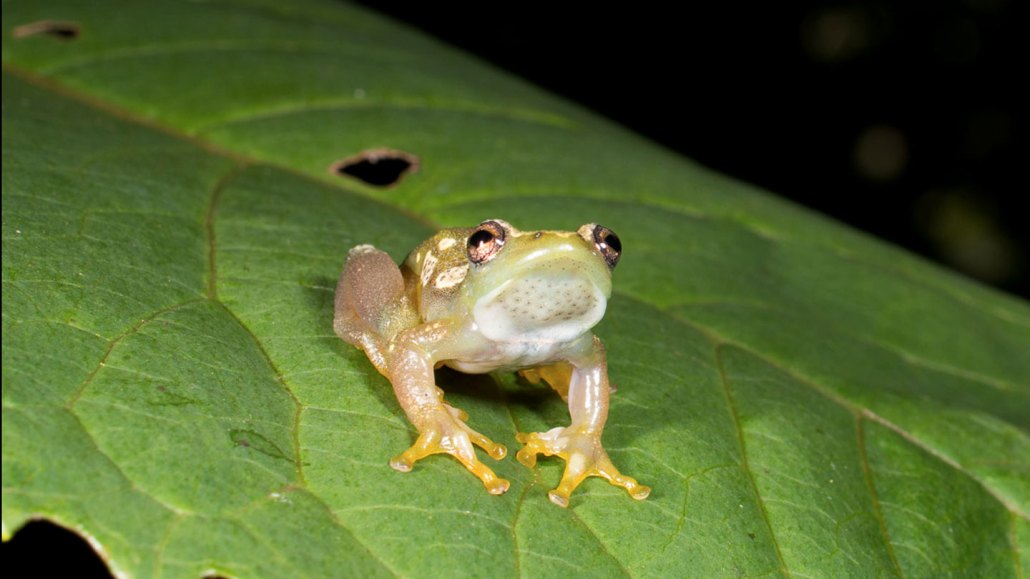
Rather than croaking, a newfound frog (Hyperolius ukaguruensis) might use the spines on its throat to communicate via sense of touch.
Christoph Liedtke

Rather than croaking, a newfound frog (Hyperolius ukaguruensis) might use the spines on its throat to communicate via sense of touch.
Christoph Liedtke